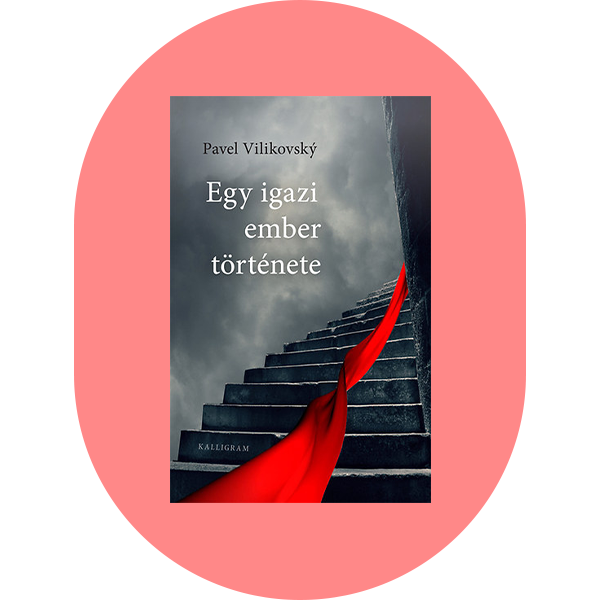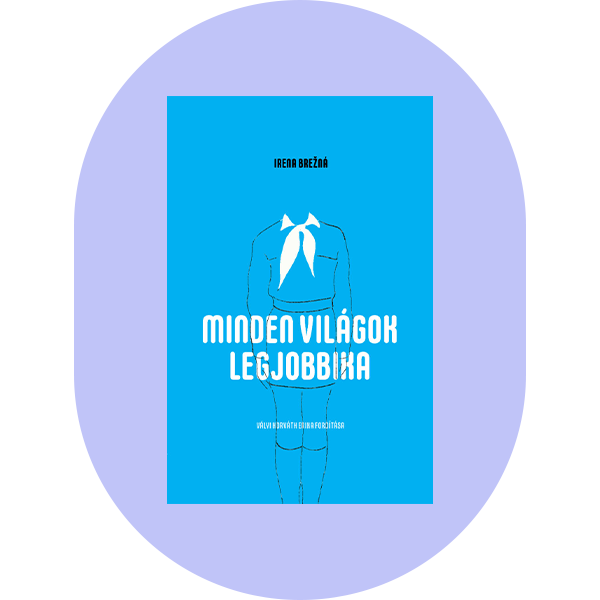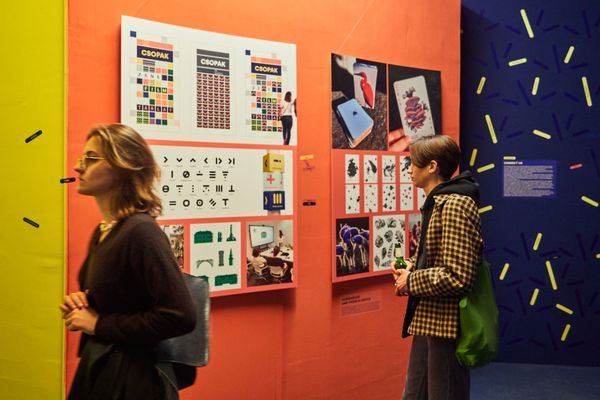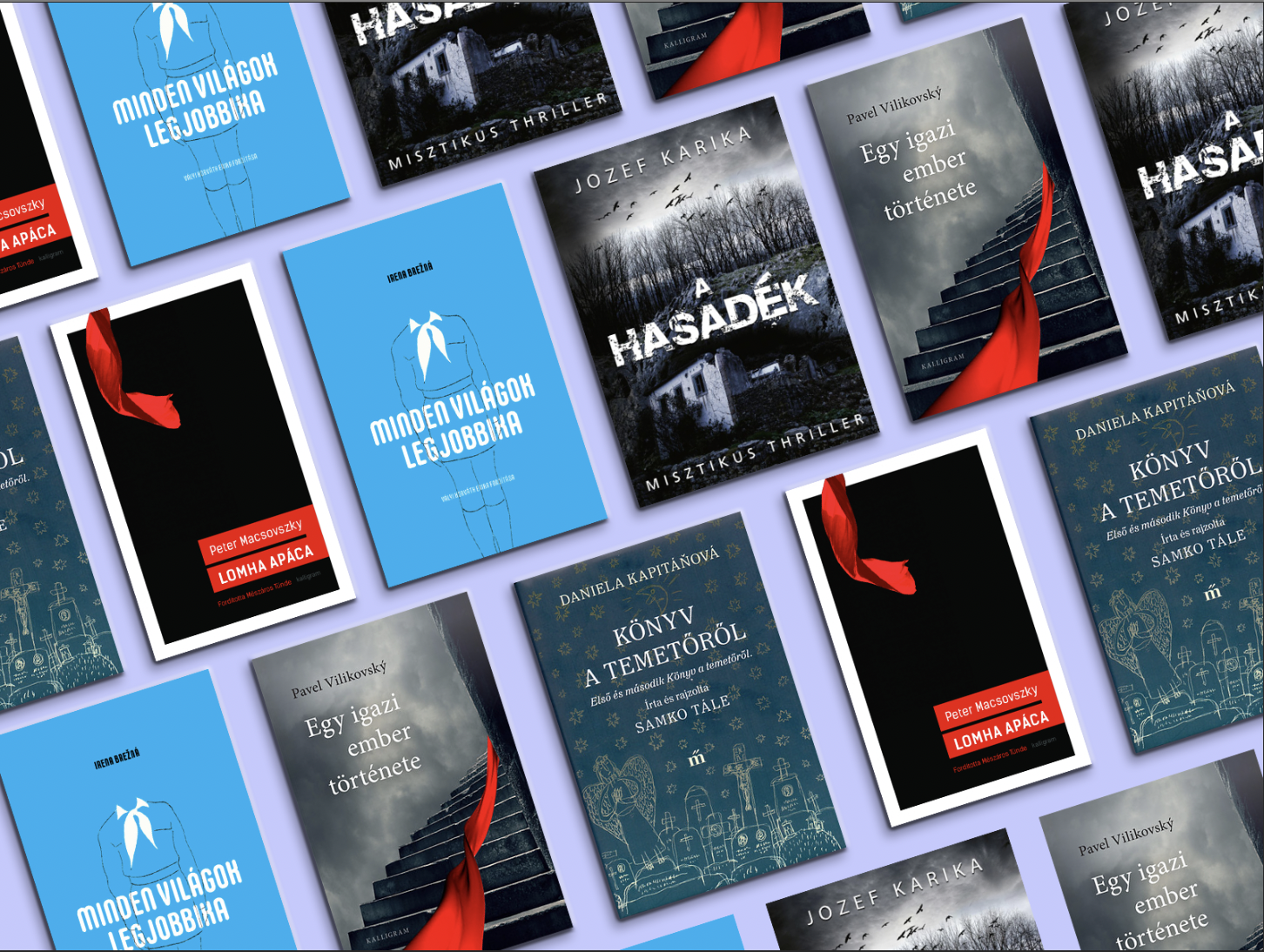The International Book Festival Budapest, which takes place between 29 September and 2 October, focuses on the literature of a selected country each year, alongside the latest Hungarian releases. This time the guest is Slovakia, so here are five books to look out for!

Pavel Vilikovský: The Story of a True Man
Vilikovský has been called by literary experts a renewer of Slovak prose, his postmodern texts are a wealth of layers to be explored. In his latest book, he portrays a new type of Slovak man. The protagonist, whose daily life the reader can follow through his diary entries, undergoes a major professional development as he, ironically, moves up the socialist ladder. After the factory where he works is transformed into a central directorate, the simple, conformist, insignificant little man is overcome with the desire to become somebody. The book was simultaneously published in four languages: Slovak, Czech, Polish, and Hungarian.

Jozef Karika: The Rift
Karika is one of the most popular Slovak authors of today. His book The Rift pulls the rug out from under the reader, leaving them unsure whether they are even holding fiction in their hands. The story, full of sinister, blood-chilling suspense, deals with one of the greatest Slovak mysteries, the inexplicable disappearances of the Tribeč mountains.

Irena Brežná: The Best of All Worlds
The Best of All Worlds is the story of nine-year-old Jana, who recounts her childhood in a small town in the 1950s, the imprisonment of her mother, and the persecution of her father from a child’s perspective. The novel, which has already been translated into 9 languages, is filled with anecdotes, and is a bizarre yet original poetic reinterpretation of the Eastern European socialist era.

Peter Macsovszky: The Torpid Nun (Free translation—the Transl.)
The poet, Peter Macsovszky, who made his name in the 1990s, is the author of several bestselling titles. His latest book is a cross-section of about half of his fifteen poetry collections written in Slovak (Strach z utópie, Klišémantra, Pohodlná mníška, Santa Panica, Ambit, Tovar, Príbytok cudzieho času). As a genius of Slovak verse and prose, he addresses his readers in a wide variety of poetic languages, often under the various pseudonyms of different personas.

Daniela Kapitáňová: Samko Tále’s Cemetery Book
This young author’s book has been compared by critics to Forrest Gump, its protagonist to The Tin Drum’s Oskar Matzerath; it became an overnight bestseller in Slovakia and has already been translated into fourteen languages. The story is told by a 44-year-old mentally handicapped little person, whose main goal in life is to be like everyone else. Samko hates everything that is out of the ordinary: he has no ambition in life other than to fit in perfectly with his surroundings, despite all his oddities—and this is how the powerful communist ruler of the town turns him into an informant, making him the unwitting cause of a series of tragedies in the life of the small town.
International Book Festival Budapest
When? 9 September—2 October 2022.
Where? Millenáris, Budapest
More information, programs, and book signings here.

When three lucky stars align—LUI

Young Hungarian talents at the Vienna Design Week | Veszprém-Balaton 2023 x METU










